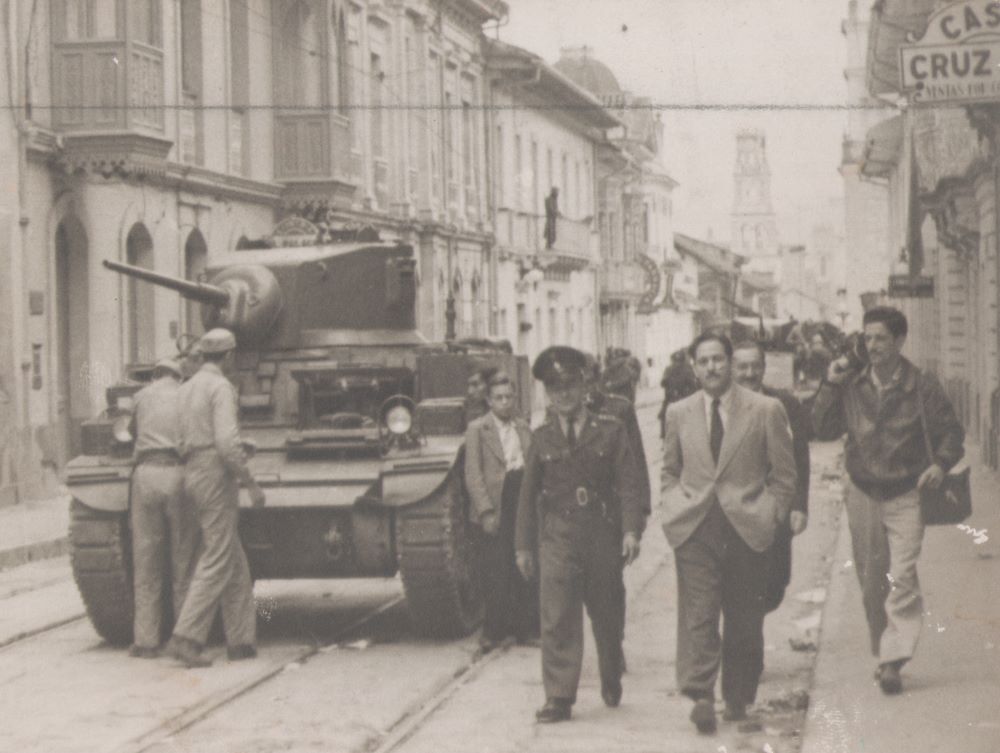On April 9, 1948, the assassination of Liberal Party presidential candidate and congressman Jorge Eliécer Gaitán provoked an incendiary riot in downtown Bogotá. Military and police repression combined with violent protests left over three thousand dead. Working as a photojournalist who had planned to cover an inter-American diplomatic congress, Eduardo “Guayo” Hernández witnessed and fearlessly documented these tragic events. Gaitán’s assassination coincided with both the diplomatic congress and a parallel gathering of Latin American university students who planned to protest US meddling in the region’s political and economic affairs. Unprecedented in its devastation, the Bogotazo (as it came to be known) also precipitated a relentless twenty-five-year-long civil war that cost 250,000 Colombian lives. In Bogotá and serving as a delegate at the student conference for Cuba’s Federation of University Students was a young Fidel Castro. Seeing Castro and other Cuban delegates stranded and in danger, Guayo generously flew them back to Cuba as guests on the same plane. The shocking experience of the Bogotazo surely proved fateful in more ways than one.


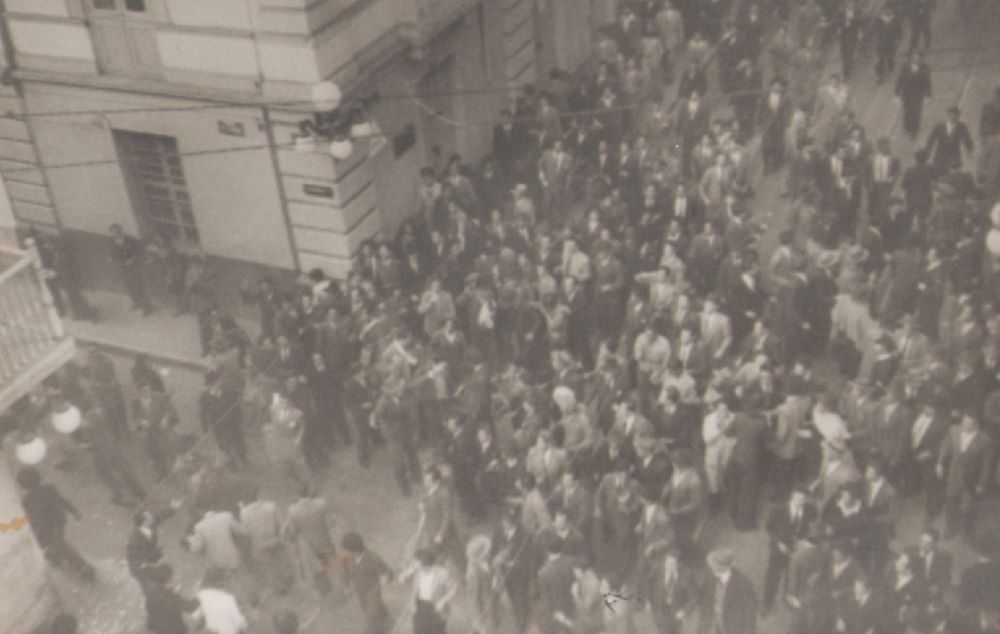

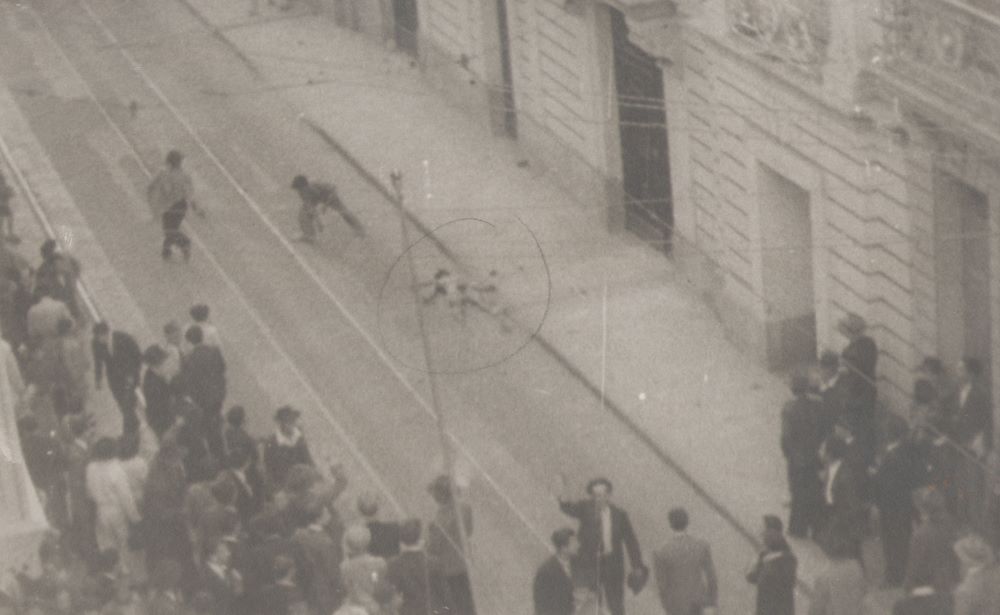
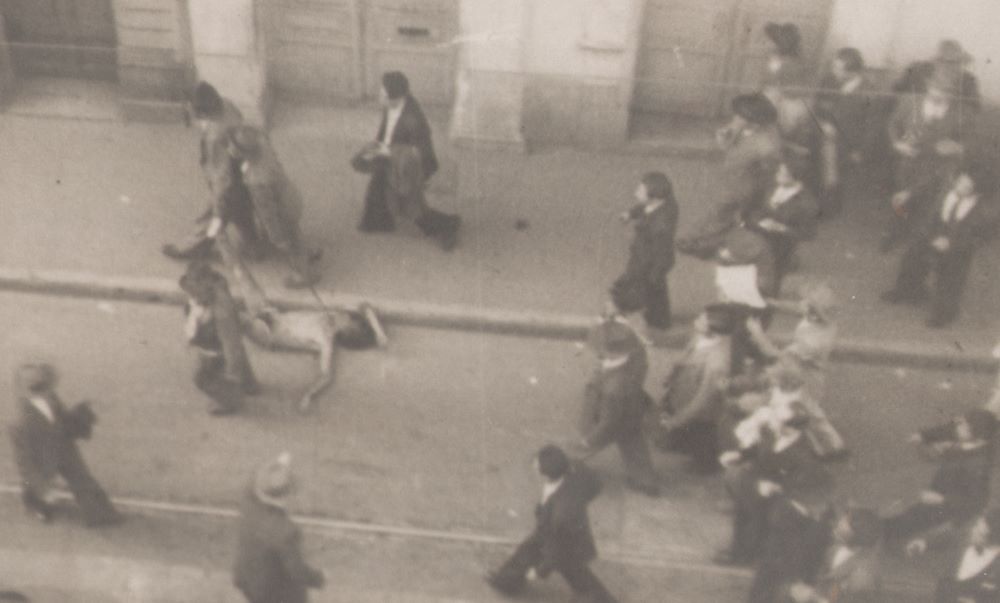
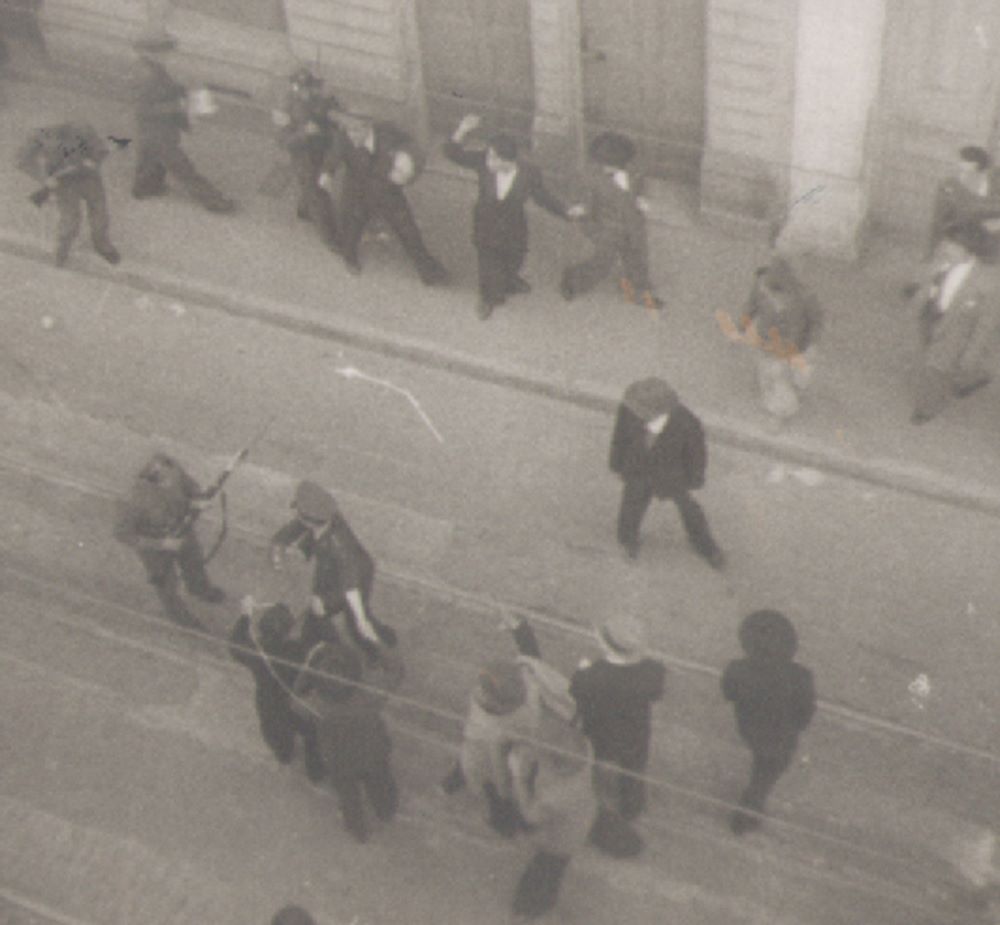


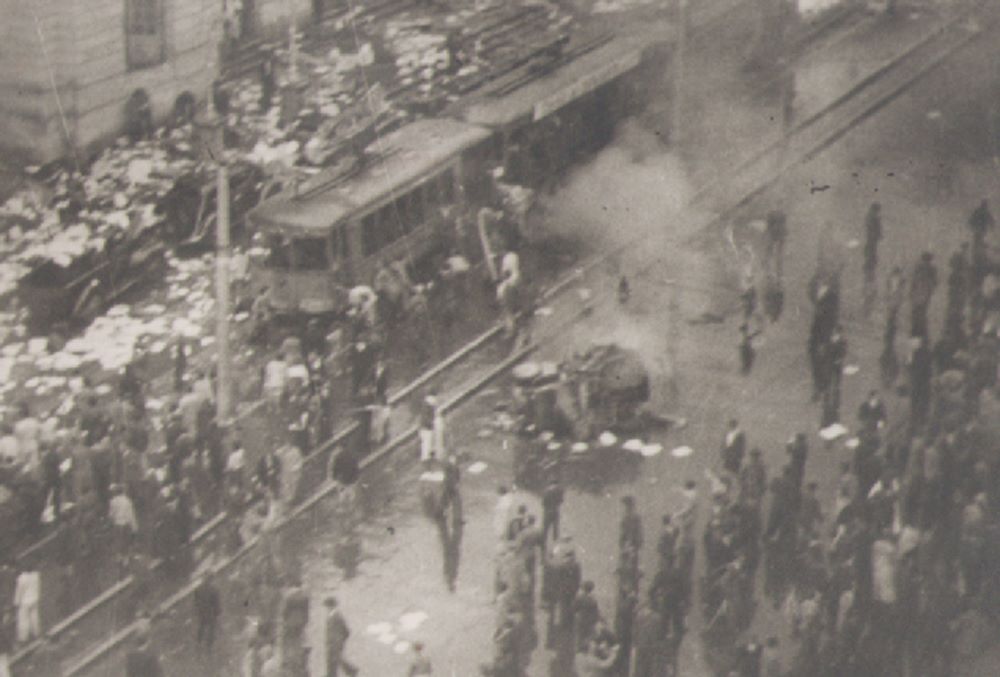

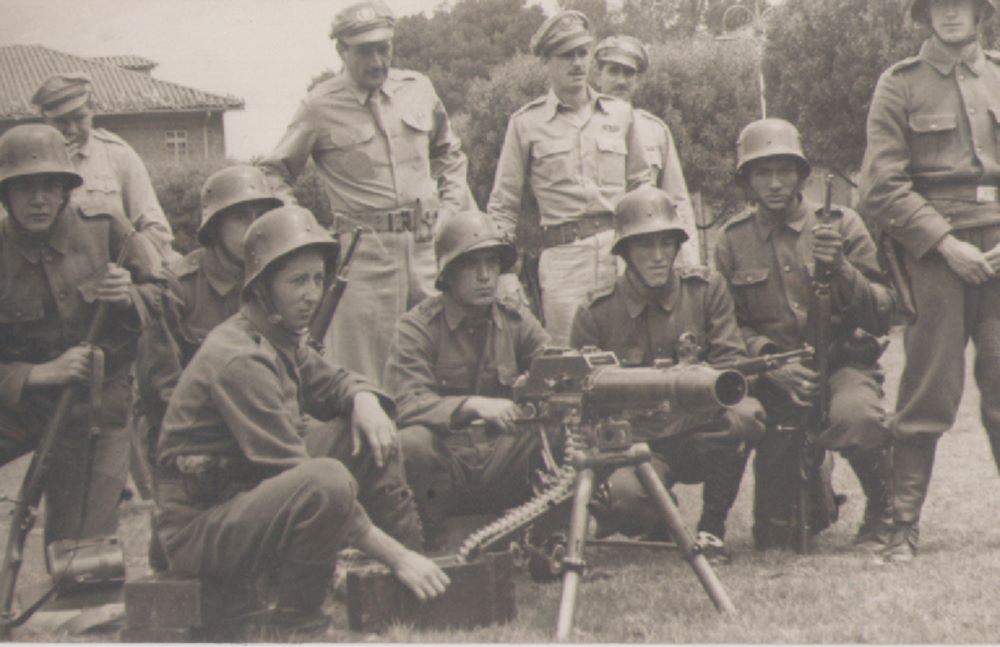
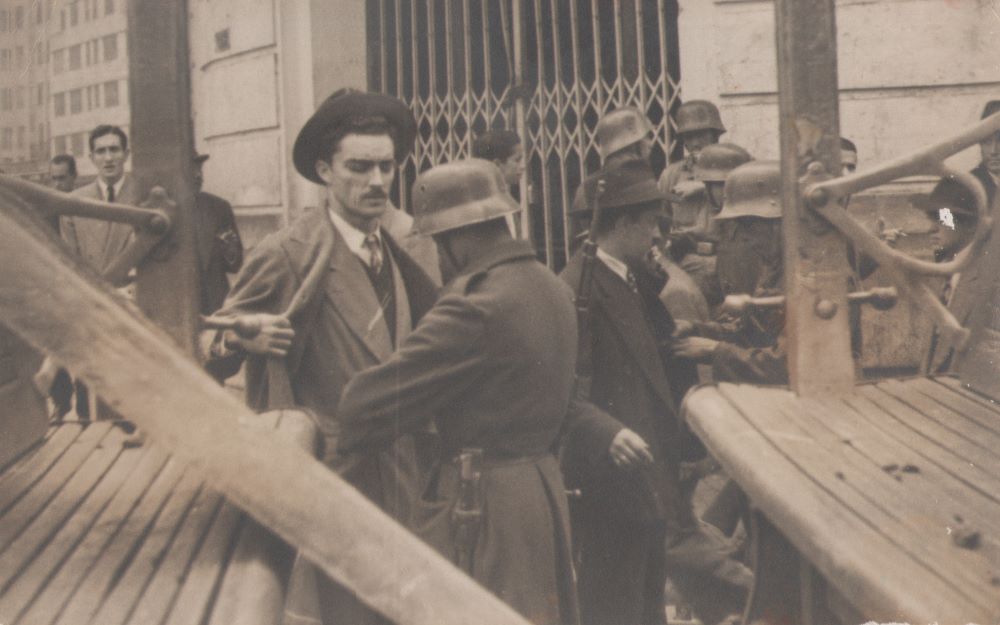
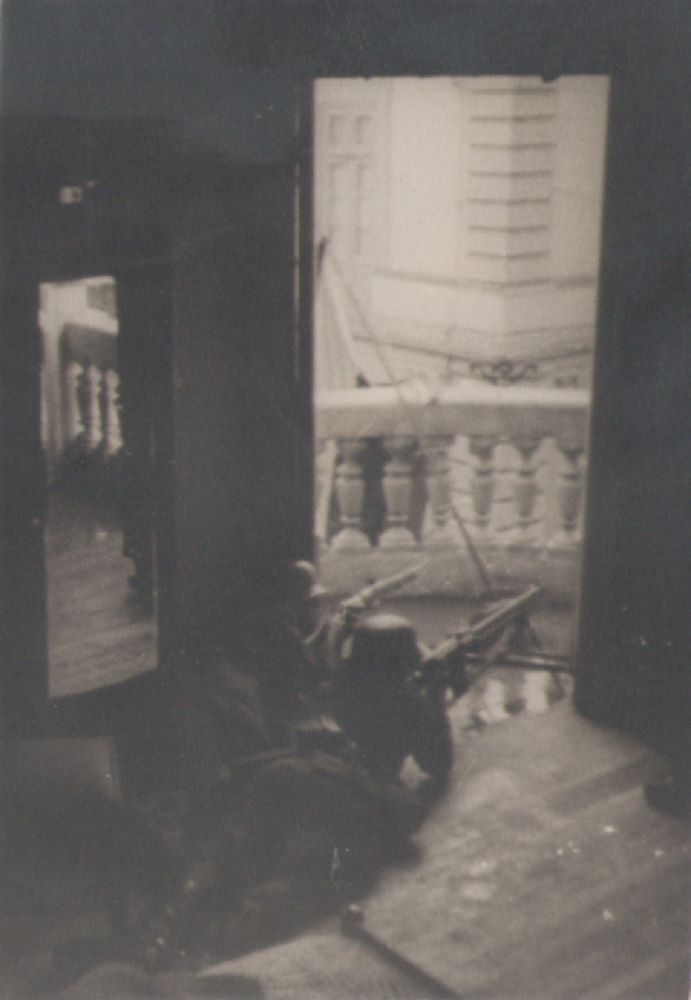

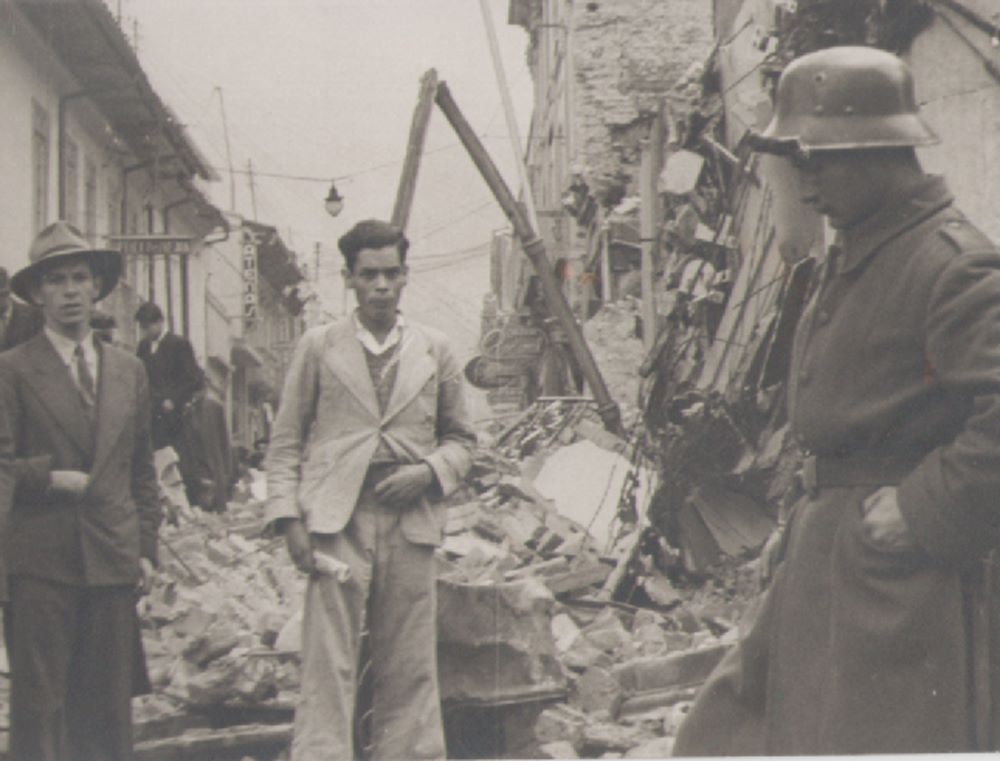

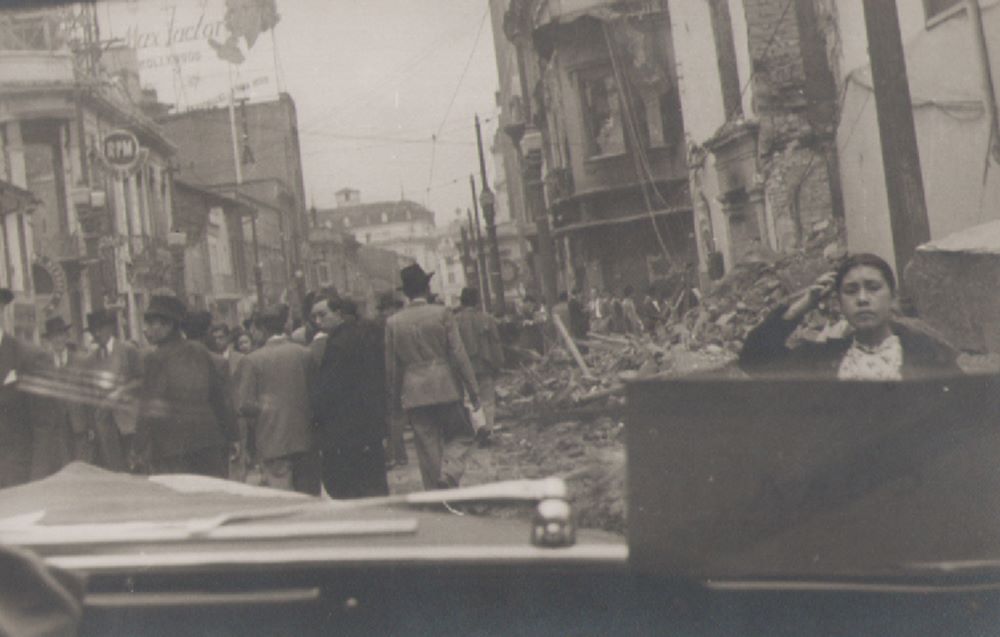
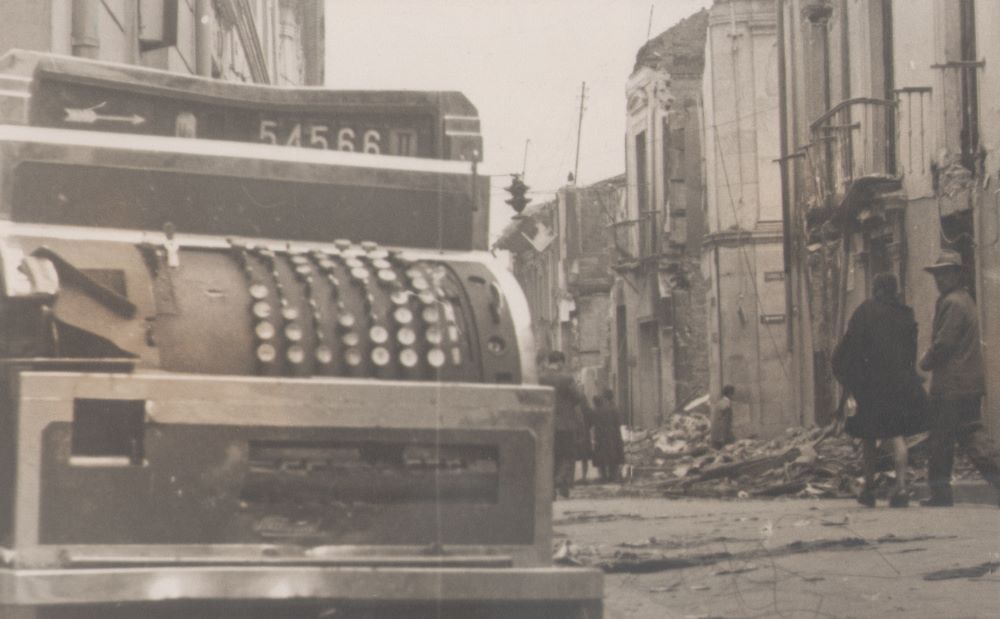
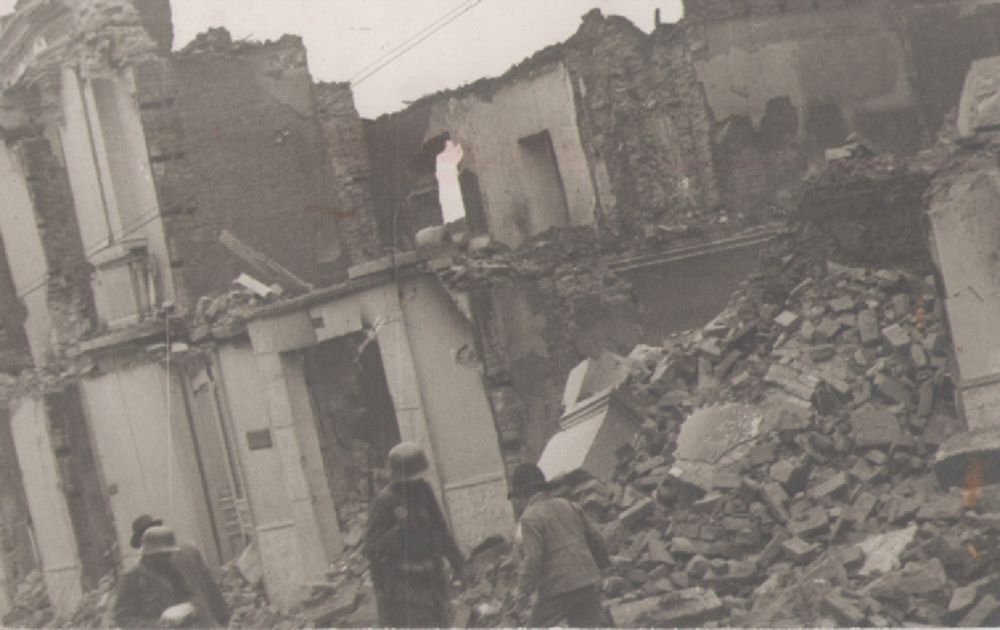

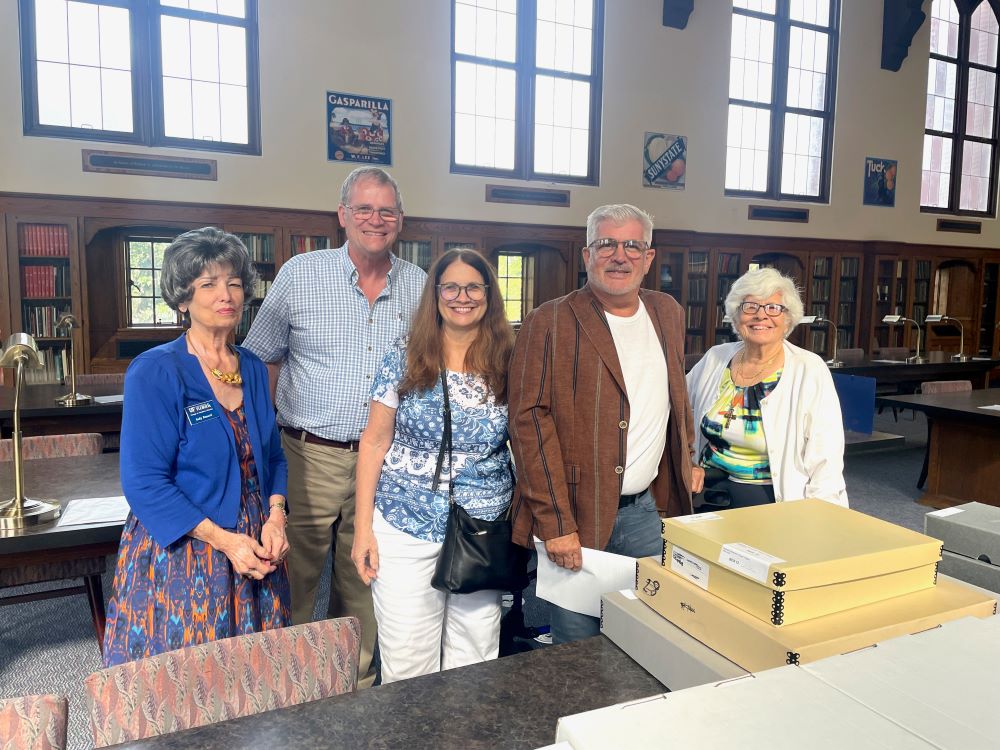
Dean Judith Russell, Sukru Basci, Millie Castañeda, donor and son of Guayo, Luis Hernández-Abreu, and Lillian Castañeda, a longtime friend of Guayo and wife of legendary Cuban journalist Carlos Castañeda.
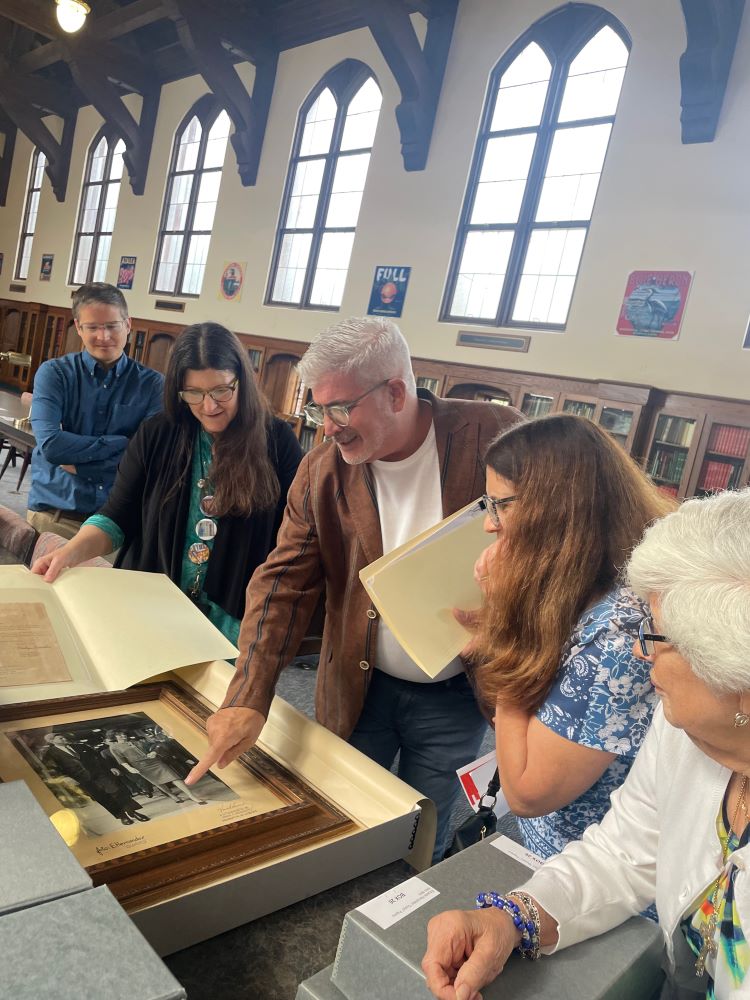
Librarians Matt Kruse and Martha Kapelewski, who processed the collection and authored its guide, with Luis and friends. They are examining Guayo’s portrait of President John F. Kennedy and First Lady Jacqueline Kennedy, taken in 1962 at the Orange Bowl in Miami when they honored Cuban exile veterans of the Bay of Pigs Invasion.
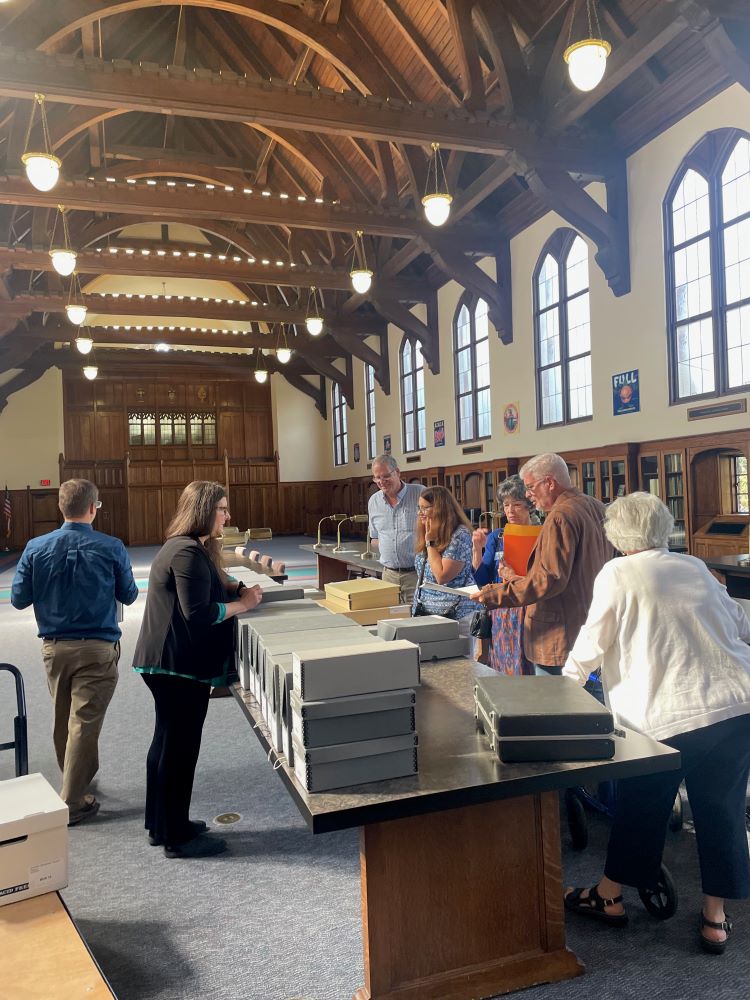
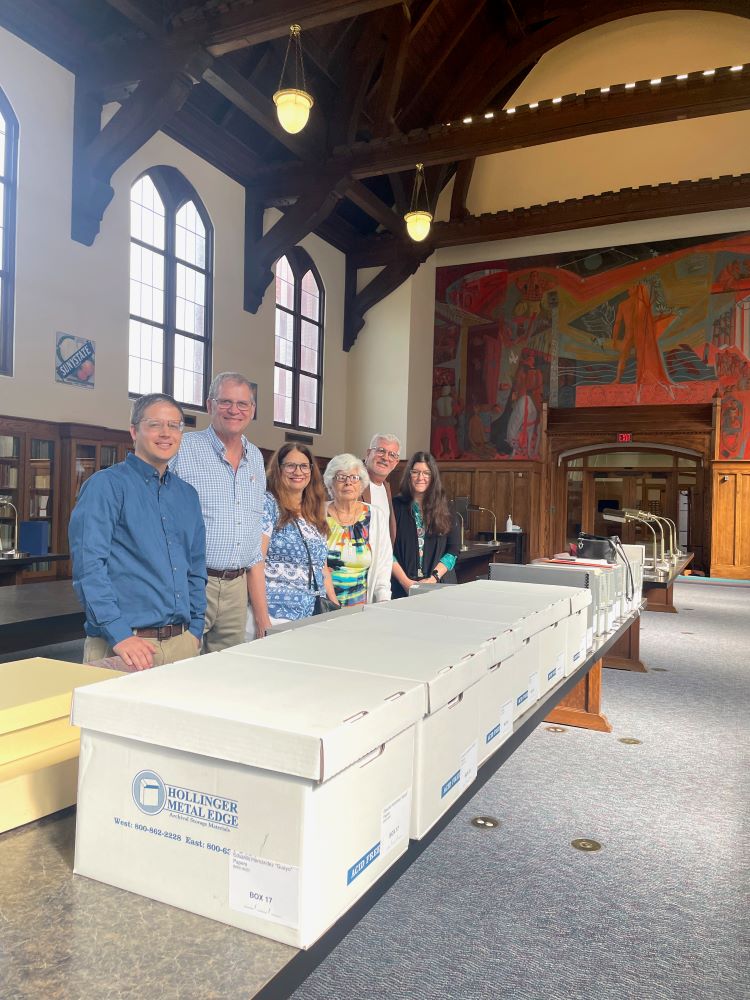
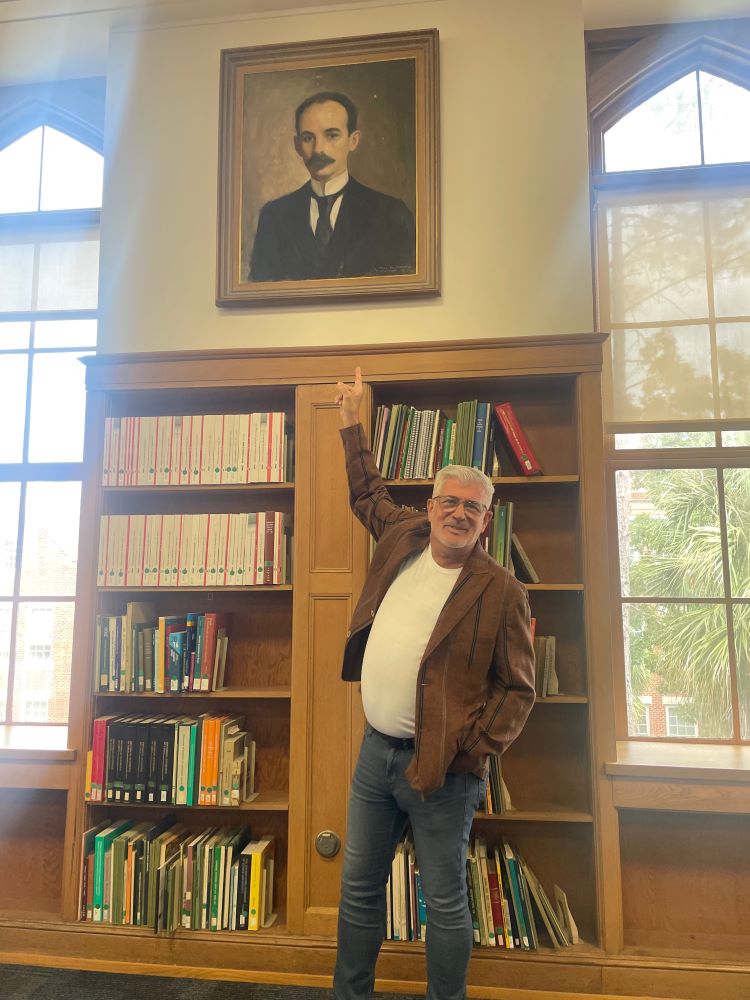
In the Grand Reading Room of the Latin American and Caribbean Collection, Guayo’s son Luis Hernández-Abreu poses with his gift of a treasured original painting of José Martí by Cuban portraitist Fernando Cossío.
